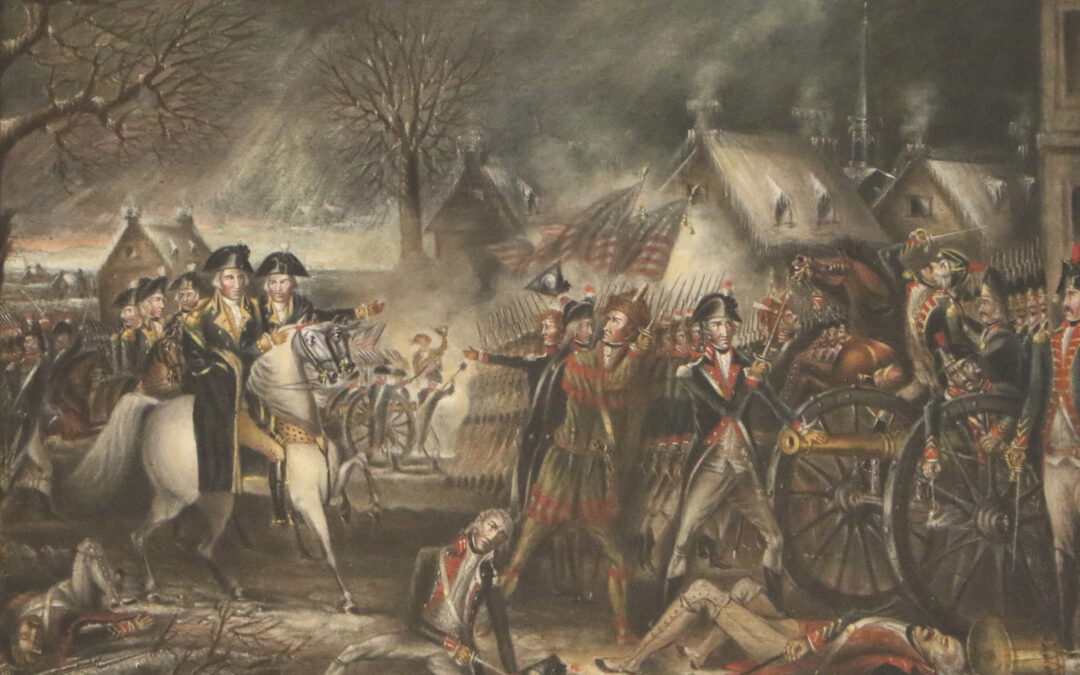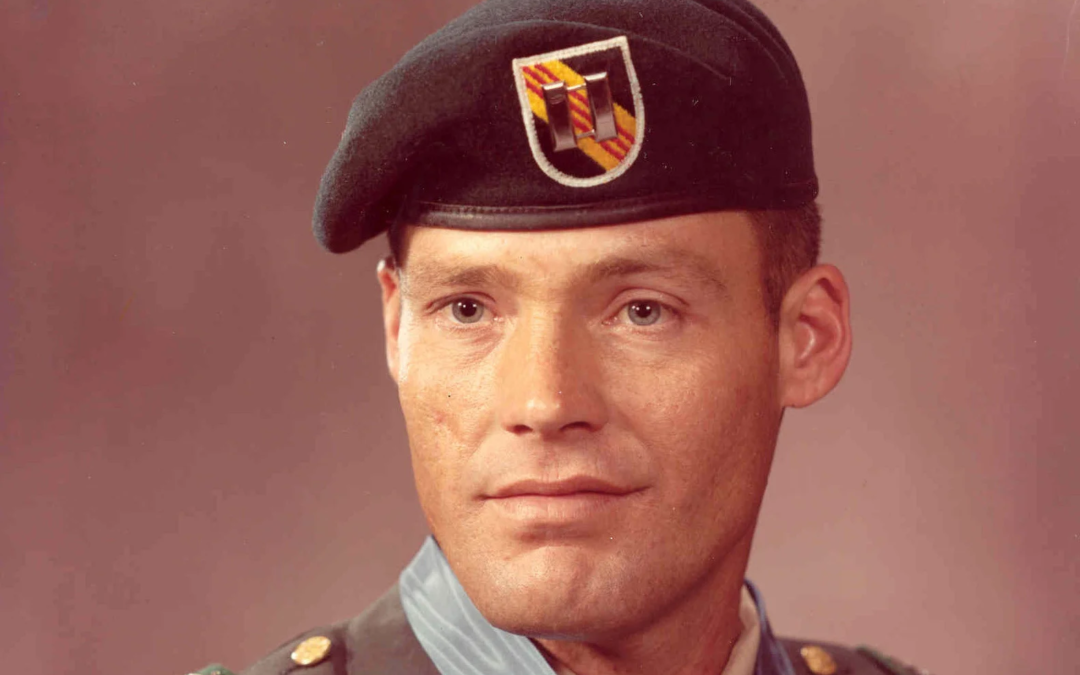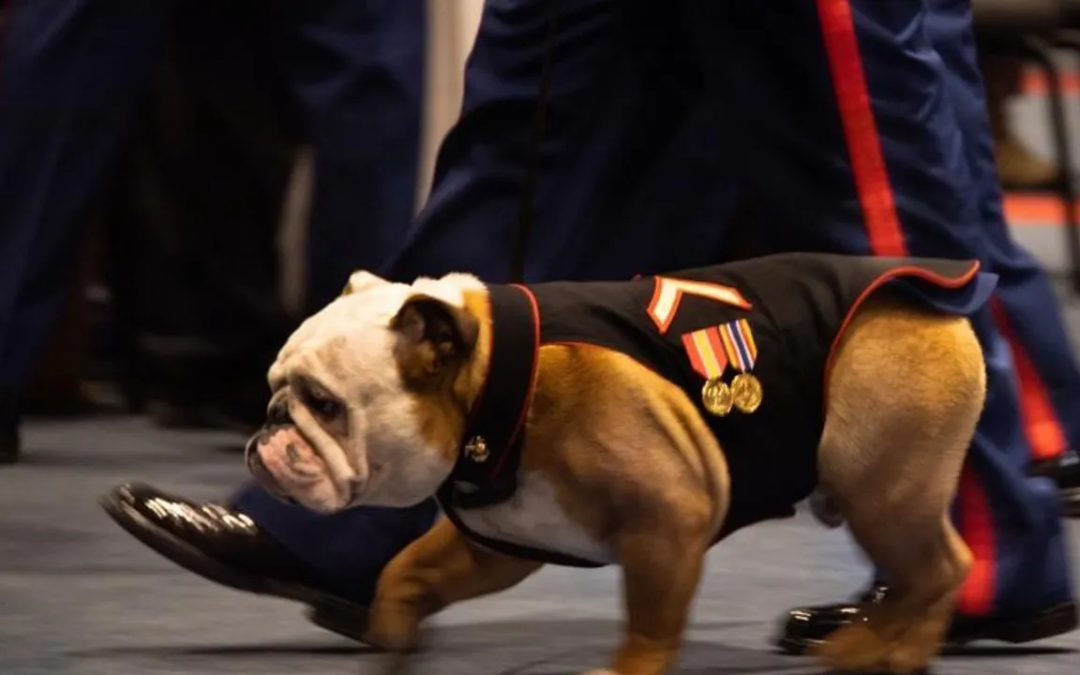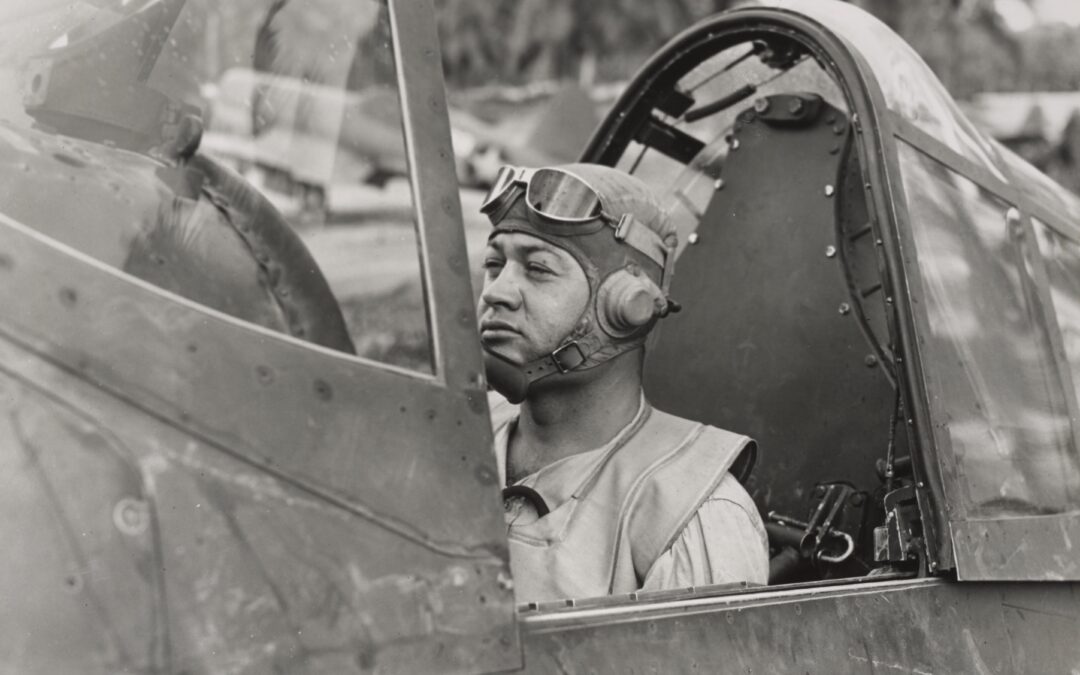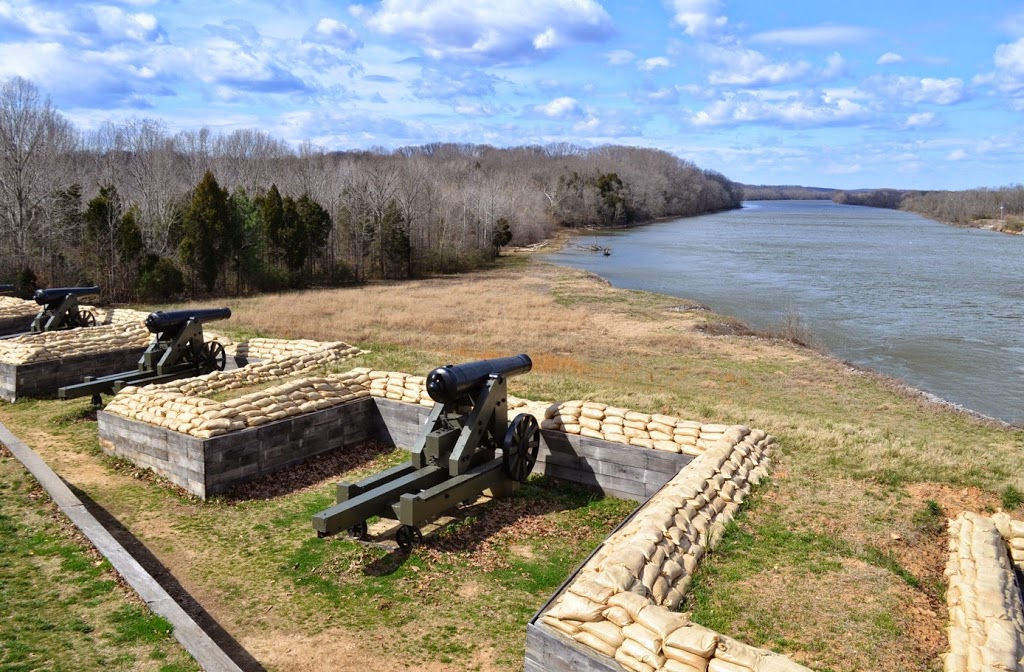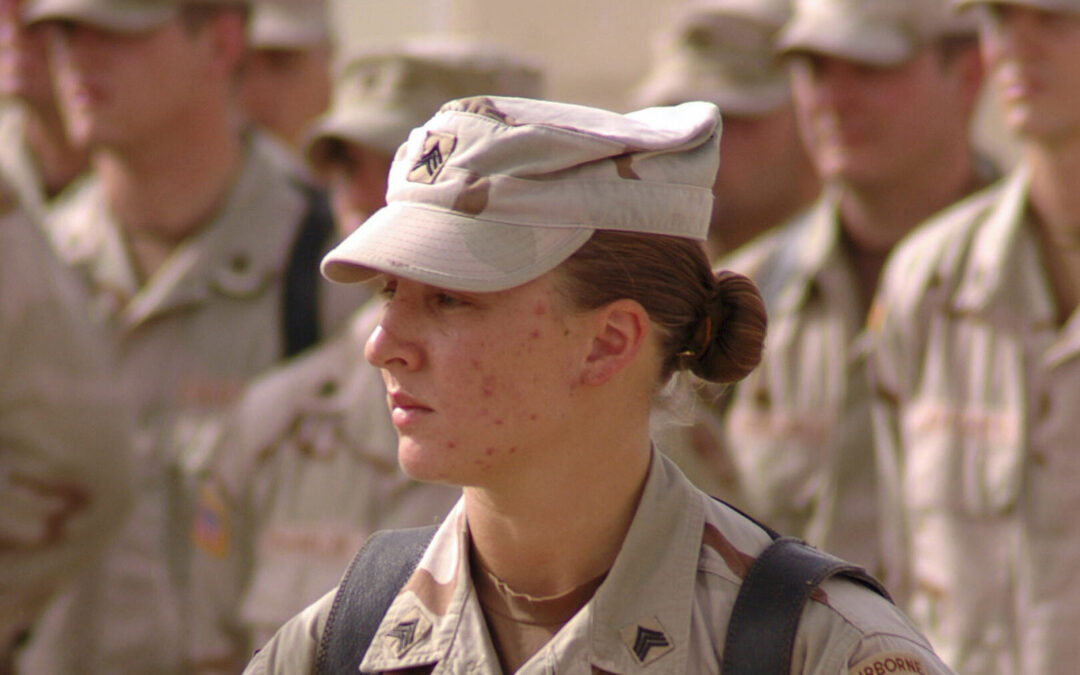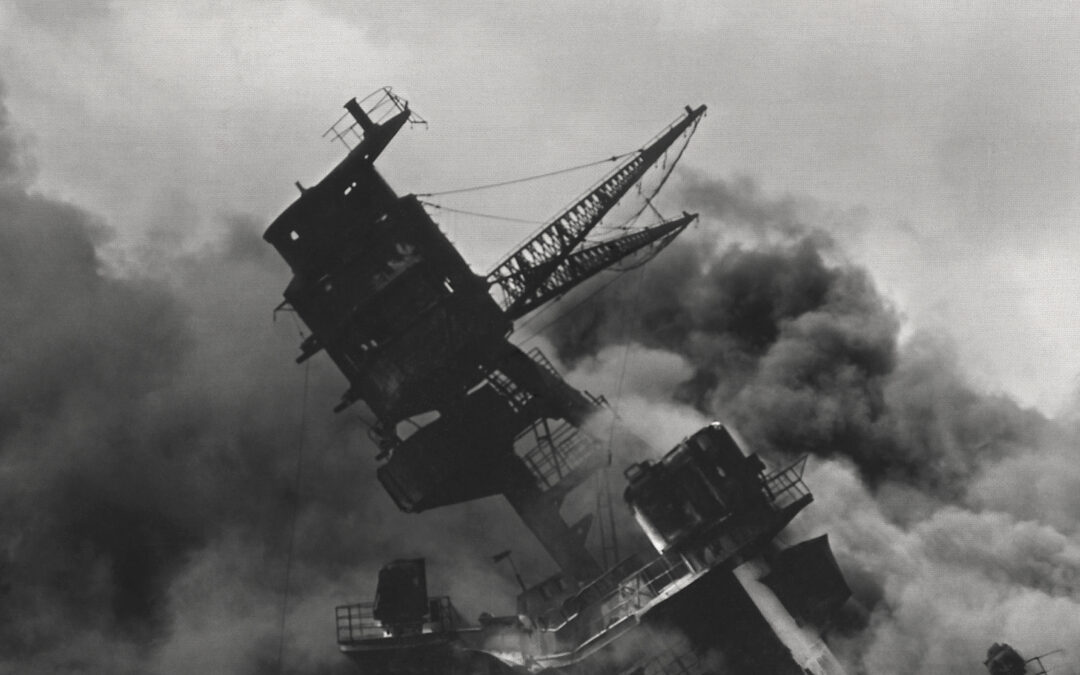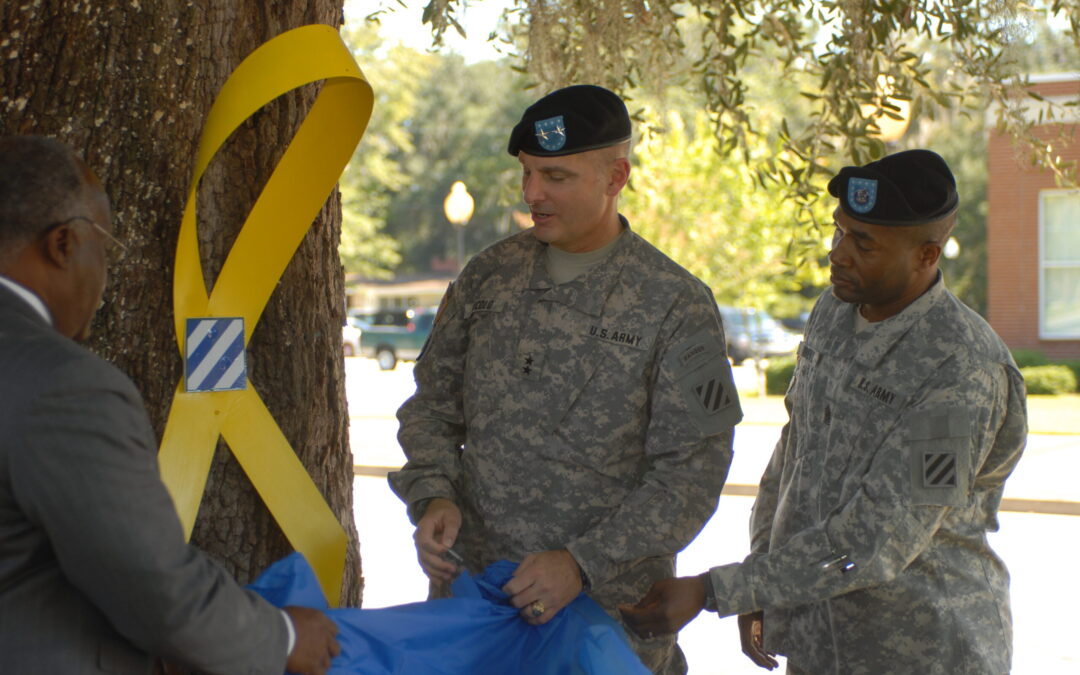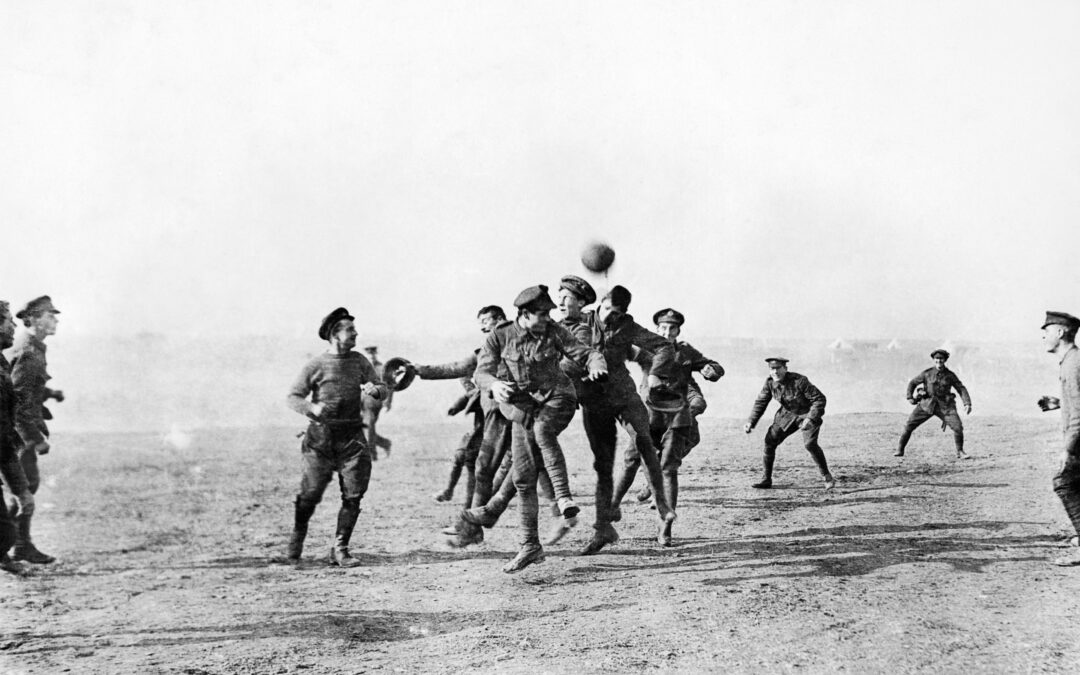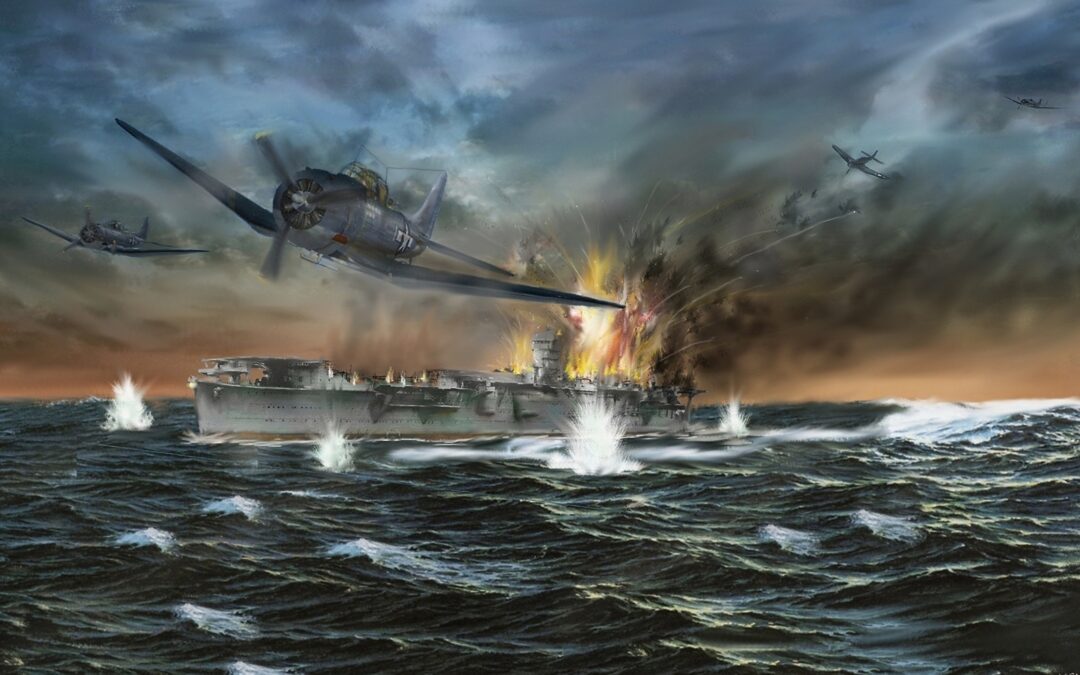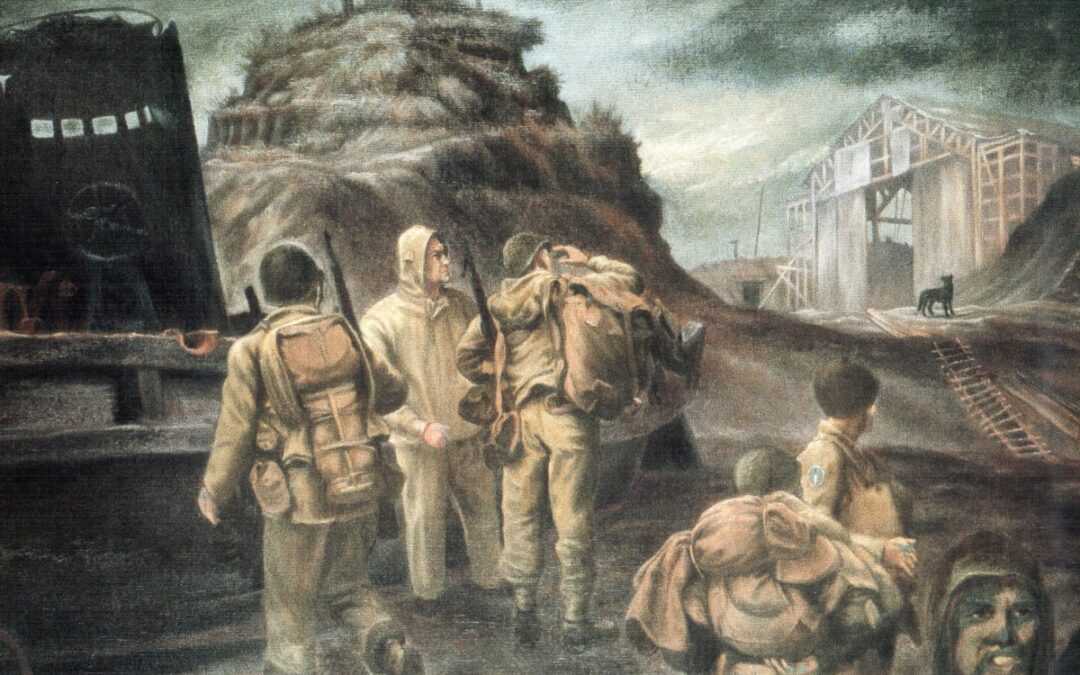Even before the creation of the U.S. Space Force, American military leaders have had to grapple with what a war in space might look like and what we would need to be successful. In 2022, Russia launched what U.S. intelligence believes to be an orbital anti-satellite weapon into space. China is thought to be pursuing a range of anti-satellite weapons. The F-15 Eagle: The Triumph in Cold War Skies While that may seem surprising to some and downright frightening to others, it's important to remember that the U.S. has had the capability to shoot satellites out of orbit for almost 40 years – and it didn't require advanced rocketry, fuels, or some kind of secret weapons to do it, either. About 50 years ago, the U.S. Air Force's newest air superiority fighter took to the skies for the first time. The F-15 Eagle was intended to take lessons learned from the Vietnam War while creating a fighter that could match the power, altitude, and speed of the Soviet Union's newest...

